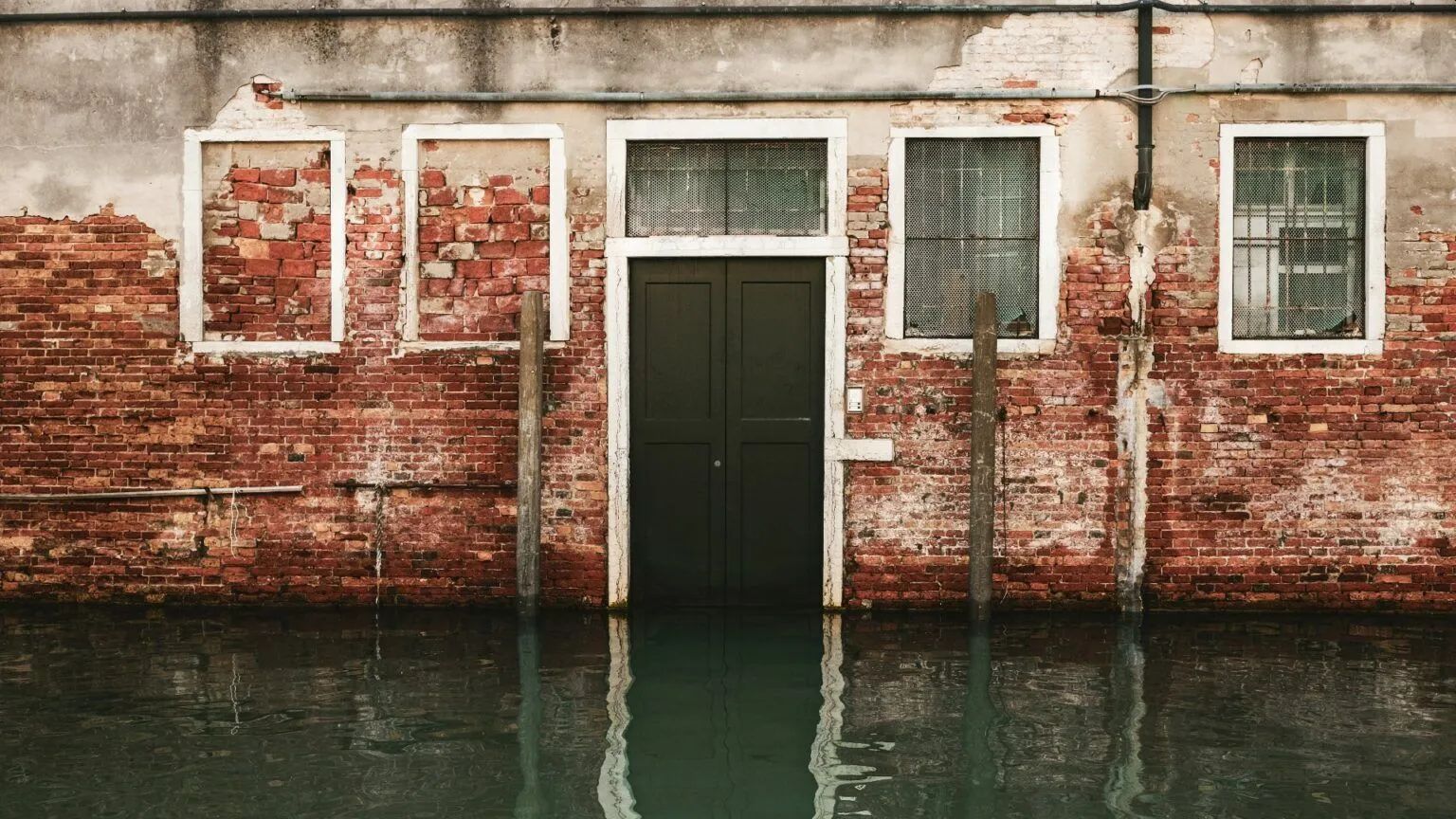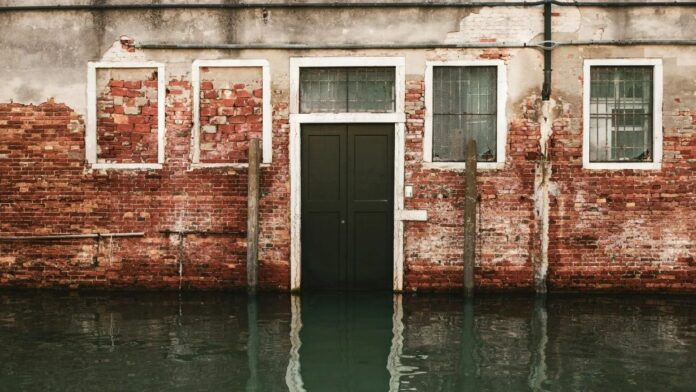Water damage can strike when you least expect it—burst pipes, severe storms, leaking appliances, or even unnoticed roof damage can all lead to extensive property damage in a matter of hours. While the immediate concern is usually stopping the water source, the true challenge lies in the aftermath: drying, cleaning, and restoring your space.
This process, known as water restoration, goes far beyond just mopping up puddles. It’s a thorough, strategic effort aimed at bringing your home or business back to a safe and livable state.
Understanding what water restoration really involves is essential for homeowners, business owners, and property managers alike. It is a multi-step procedure that addresses both visible and hidden water damage, minimizes health risks, and prevents long-term structural damage.
Phases of Water Restoration

- Emergency response and assessment: Timing is crucial in water restoration. Most restoration companies offer 24/7 emergency services because the longer water sits, the more damage it causes. Within hours, flooded water can seep into floors, walls, insulation, and even electrical systems. The first step professionals take is to assess the extent of the damage, determine the type of water (clean, gray, or black), and formulate a restoration plan. During the assessment, moisture detection tools such as hygrometers and thermal imaging cameras can help locate hidden water behind walls or under floors—places that could later harbor mold or weaken the structure.
- Water removal and extraction: The next priority is to remove the standing water. Industrial-grade pumps and vacuums can be used to extract water quickly and efficiently. This step is crucial for preventing further damage and halting the spread of moisture. The faster the water is removed, the less likely it is for mold to develop.
- Drying and dehumidifying: After water extraction, building materials may appear dry, but they often retain moisture deep within. Drying and dehumidification target these hidden pockets of water. Commercial-grade air movers and dehumidifiers can be deployed to thoroughly dry walls, flooring, and furniture. This step can take many days, depending on the severity of the water damage. Technicians need to closely monitor moisture levels during this phase to ensure all affected materials are properly dried. If this is rushed or skipped, mold and rot can set in, leading to bigger problems later.
- Cleaning and sanitization: Water damage often brings contaminants—especially if the source is stormwater or a sewage backup. Even clean water can become hazardous over time. Restoration teams need to disinfect all affected areas to eliminate bacteria, viruses, and other potential health hazards. This includes cleaning salvageable belongings such as furniture, clothing, and electronics. Specialized techniques such as antimicrobial treatments, air scrubbing, and odor removal are used to ensure the area is not only dry but also safe to inhabit. In some cases, fogging equipment or ozone treatments may be used for deeper deodorization.
- Restoration and repairs: The final phase of water restoration is the actual repair and rebuilding of the damaged areas. This can range from minor tasks such as replacing drywall and repainting, to major ones like rebuilding entire rooms or floors. The goal is to return the property to its original condition—or better. Depending on the water damage, restoration may also involve flooring replacement, electrical work, plumbing, and cabinetry repairs. Some full-service companies handle everything in-house, while others coordinate with general contractors.
Why Professional Water Restoration Matters

While it may seem tempting to handle water damage yourself, DIY methods are not sufficient for anything beyond minor spills. Water restoration is a science that relies on precise equipment, expert knowledge, and detailed processes. Here’s why professional restoration is crucial:
- Prevents mold growth: Mold can begin to grow within 24-48 hours of water exposure. Certified professionals know how to dry and treat areas properly to prevent this.
- Reduces structural damage: Hidden moisture can weaken wood, drywall, and concrete, leading to costly repairs later. Restoration experts identify and address these risks early.
- Ensures safety: Electrical hazards, bacteria, and weakened structures all pose significant risks after water damage. Trained technicians work safely and follow strict industry standards.
- Supports insurance claims: Restoration companies often work directly with insurance providers, documenting damage and helping navigate the claims process—saving time and reducing stress.
Long-Term Prevention and Preparedness
While water restoration addresses the aftermath, prevention is just as important. Homeowners and property managers should regularly inspect roofs, appliances, and plumbing for signs of wear or leakage. Installing water detection devices, maintaining gutters, and insulating pipes can go a long way in preventing future damage.
It’s also wise to have an emergency plan in place. Know who to call, how to shut off the main water supply, and which belongings are most vulnerable. The quicker you respond to water damage, the less extensive the recovery process will be.
Conclusion
Water restoration is not simply about drying a wet carpet or repainting a stained wall—it’s a comprehensive approach to recovering from one of the most common and costly types of property damage. From emergency response and water extraction to sanitization and reconstruction, the process ensures your home is safe, clean, and structurally sound.
For any homeowner or property manager, understanding what restoration really involves is a crucial step in being prepared. And if water damage does occur, acting quickly and hiring qualified professionals will make all the difference between a smooth recovery and long-term issues.


